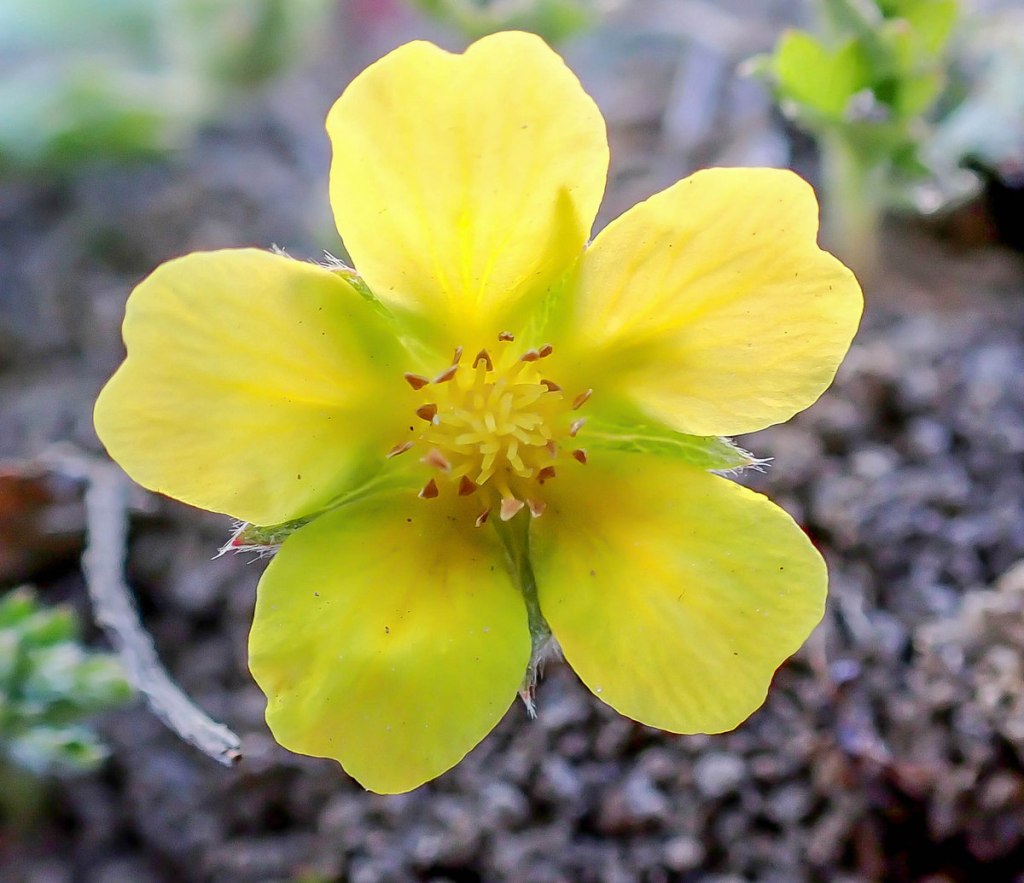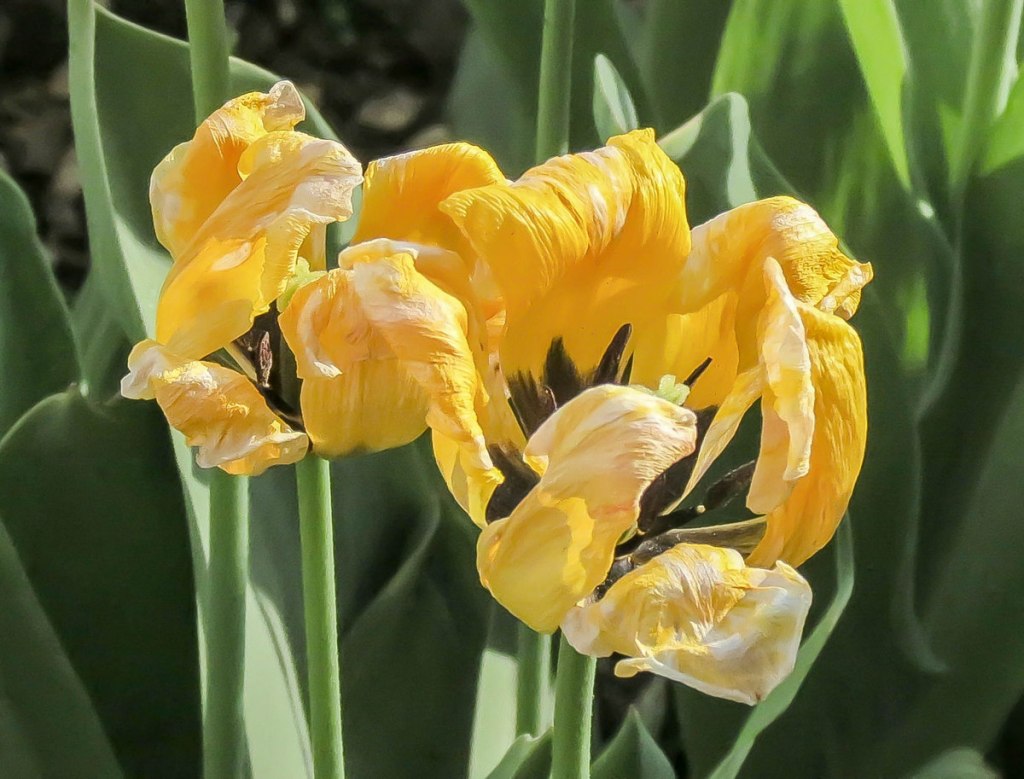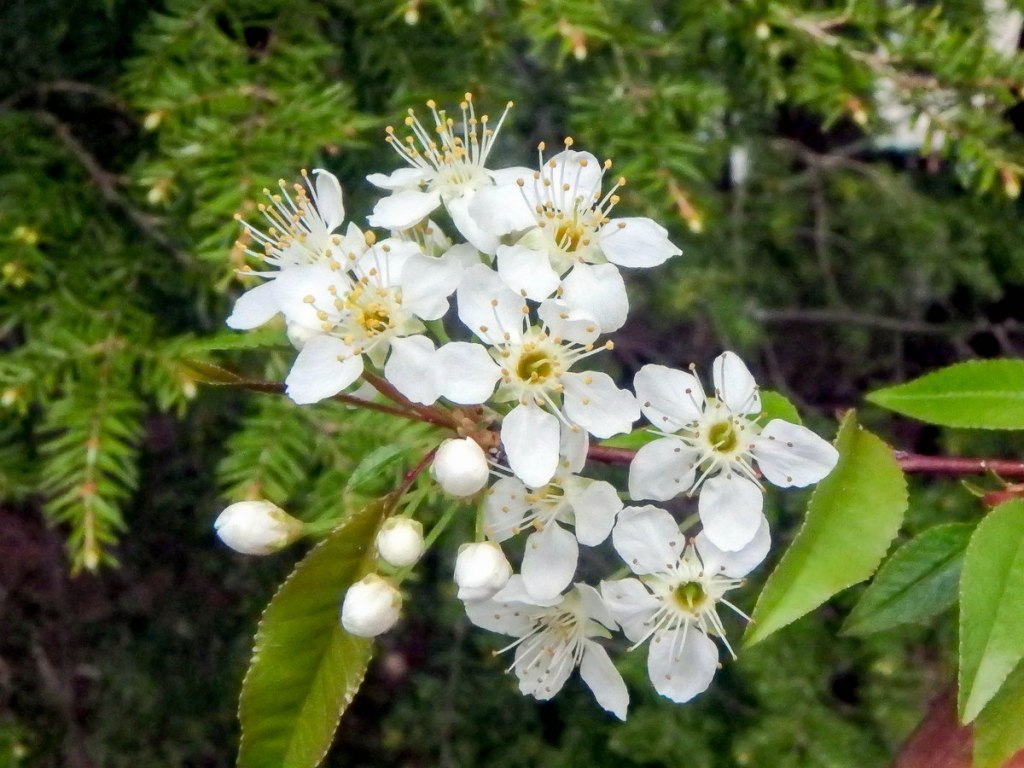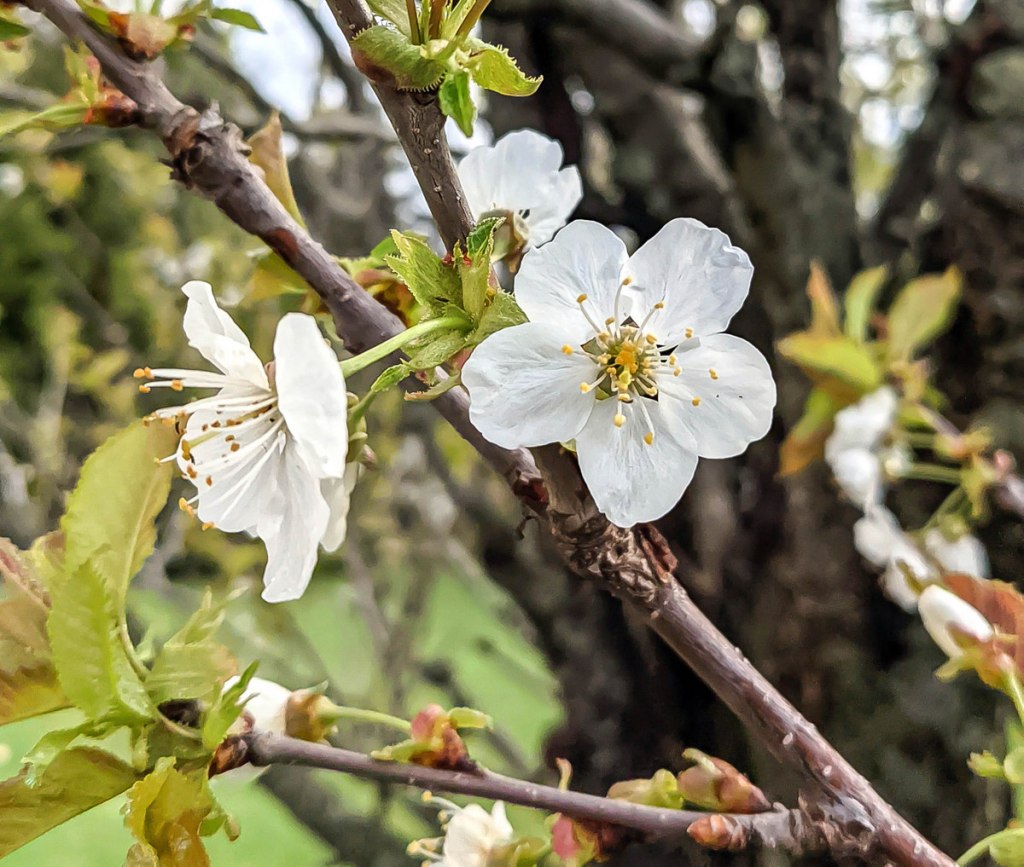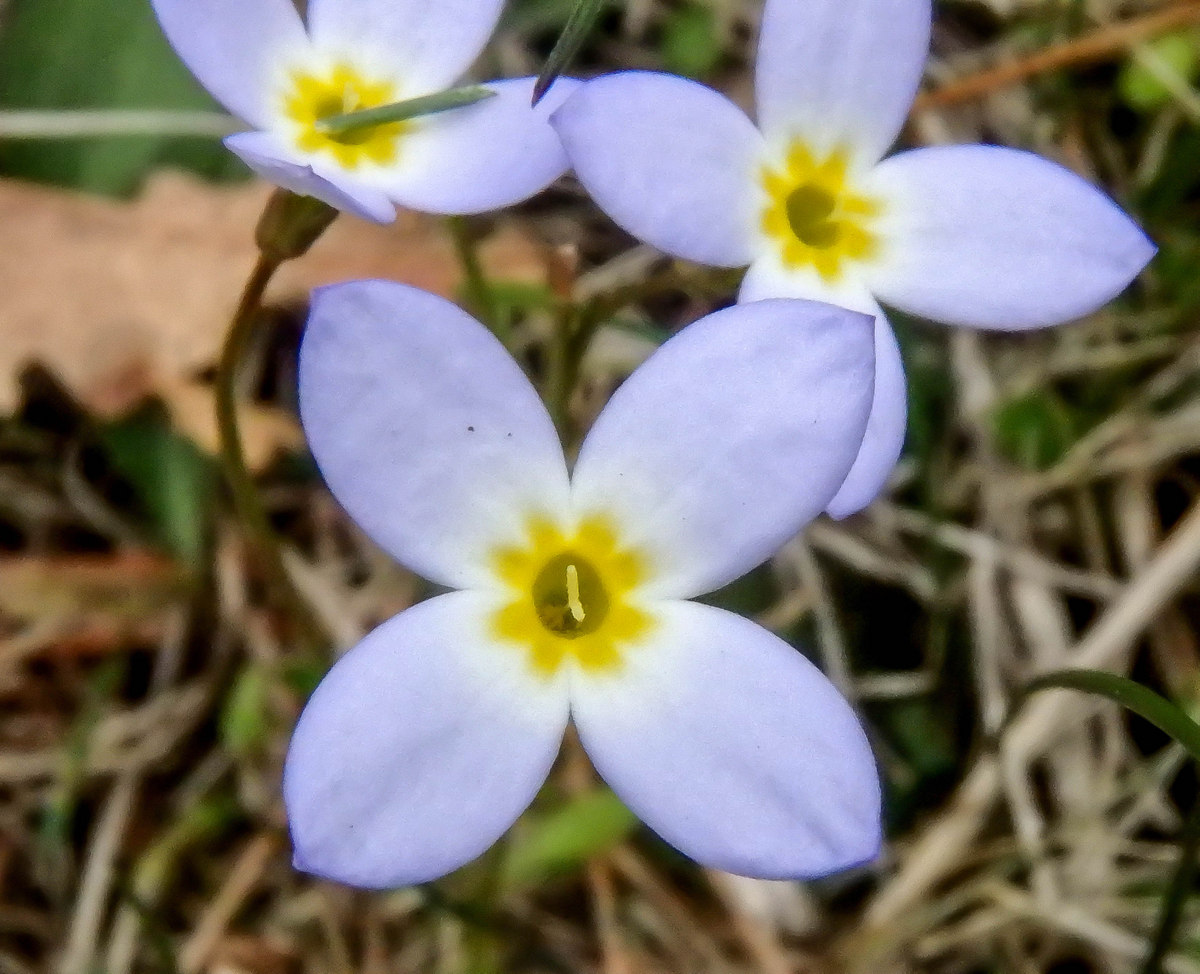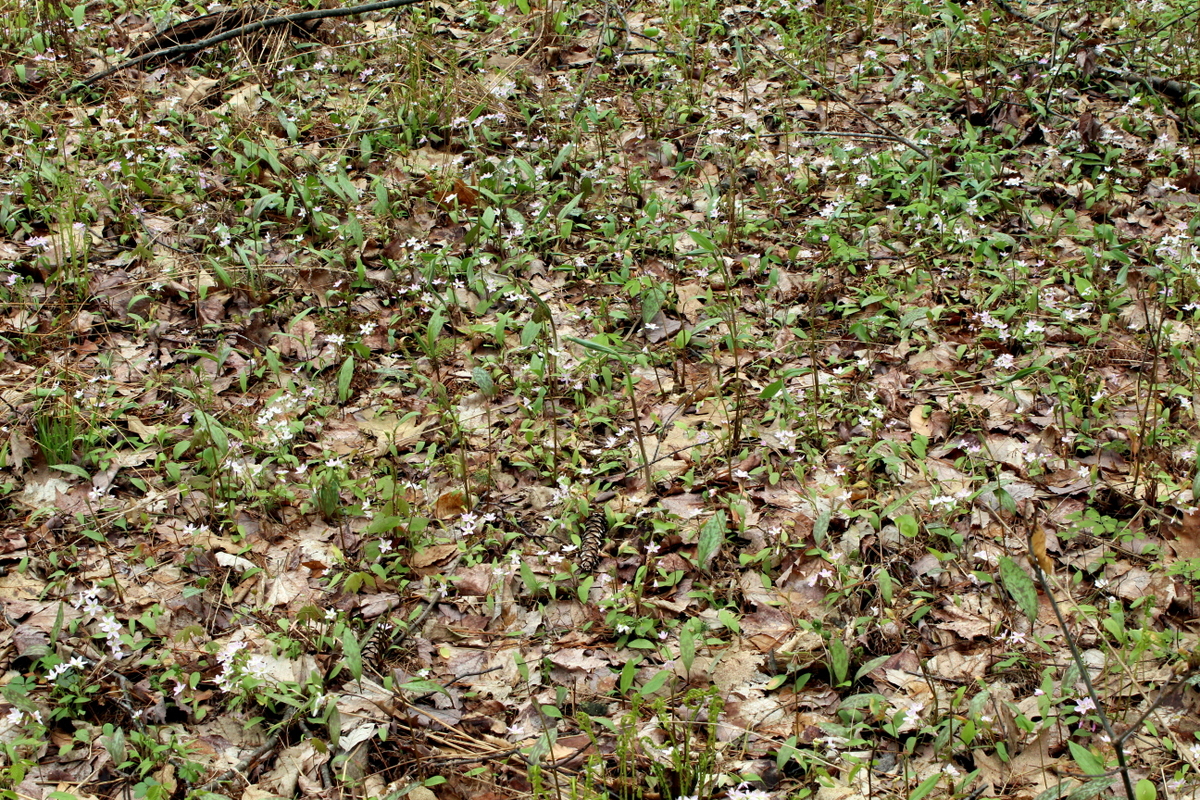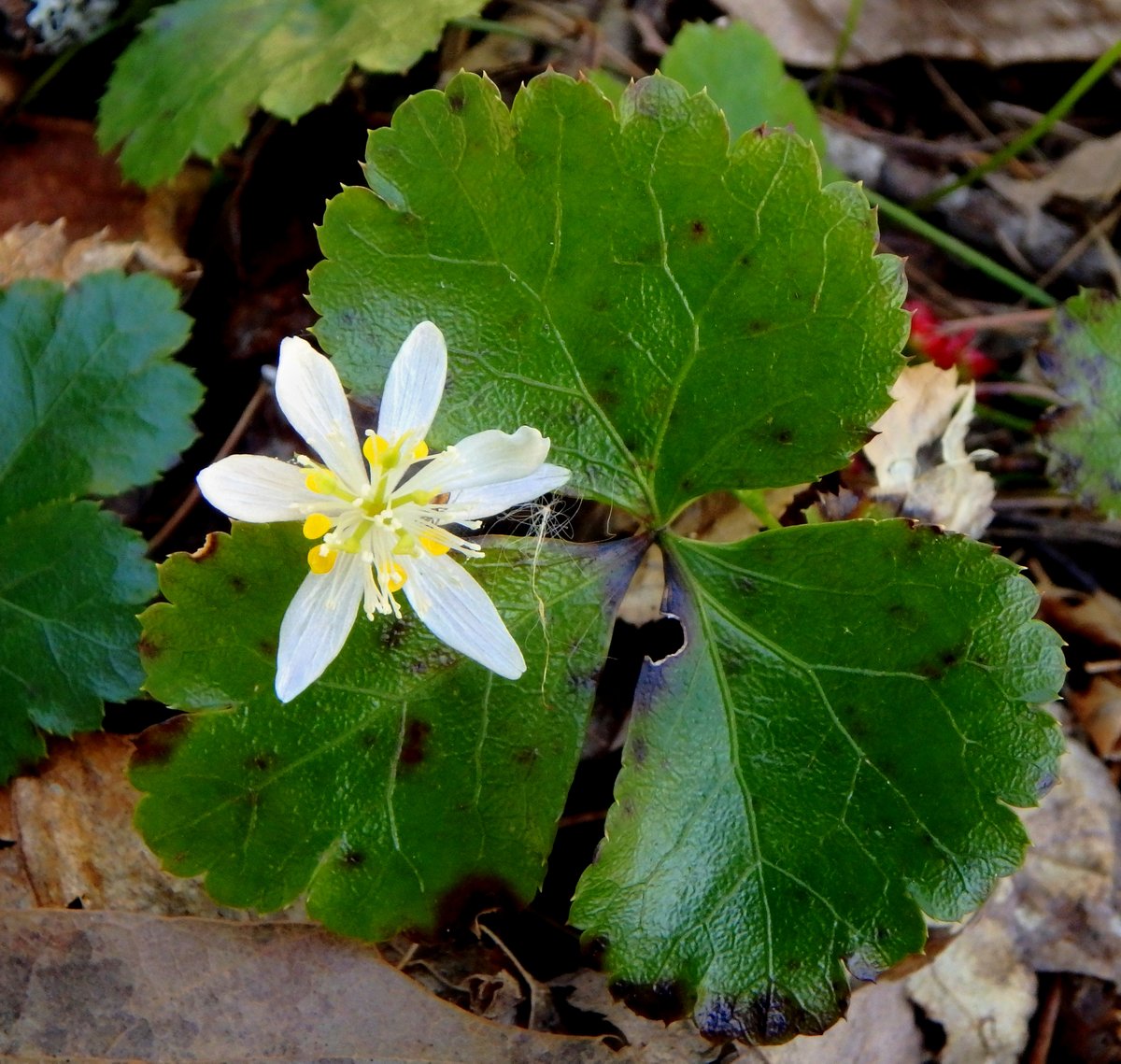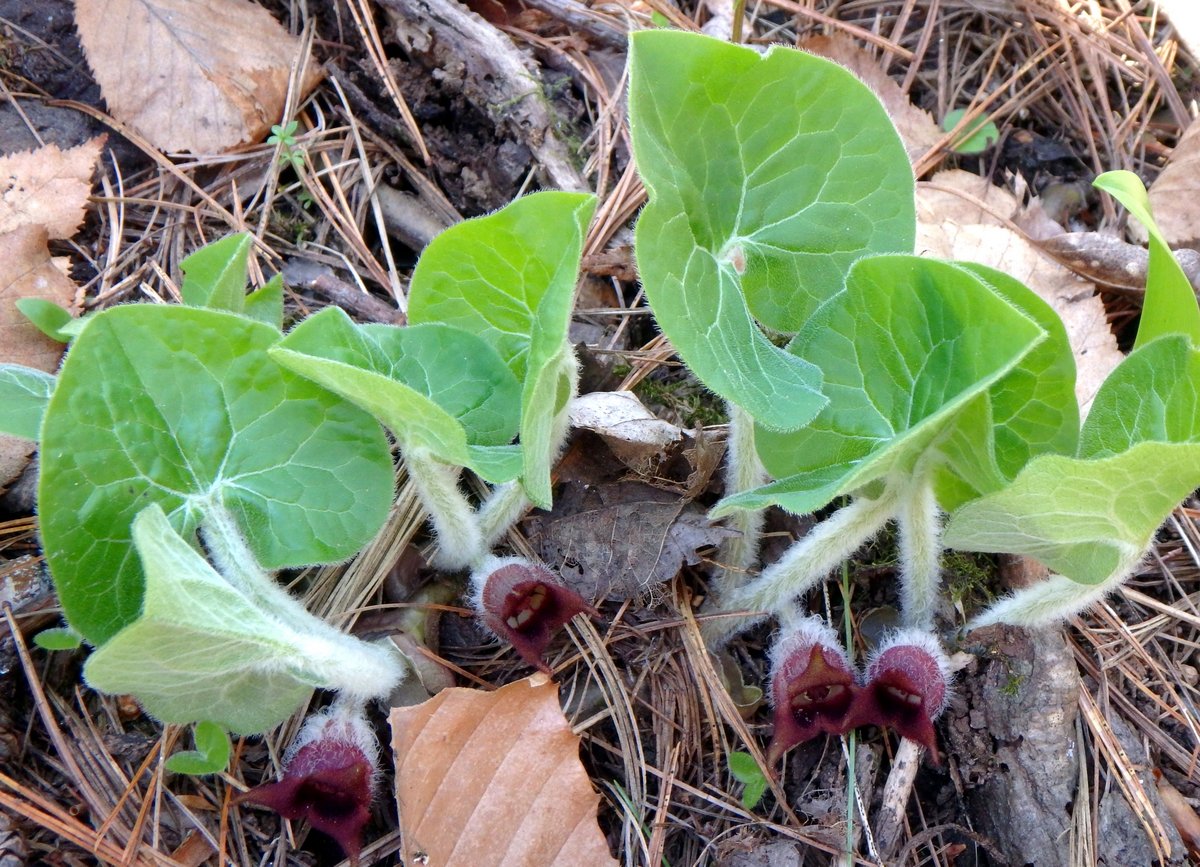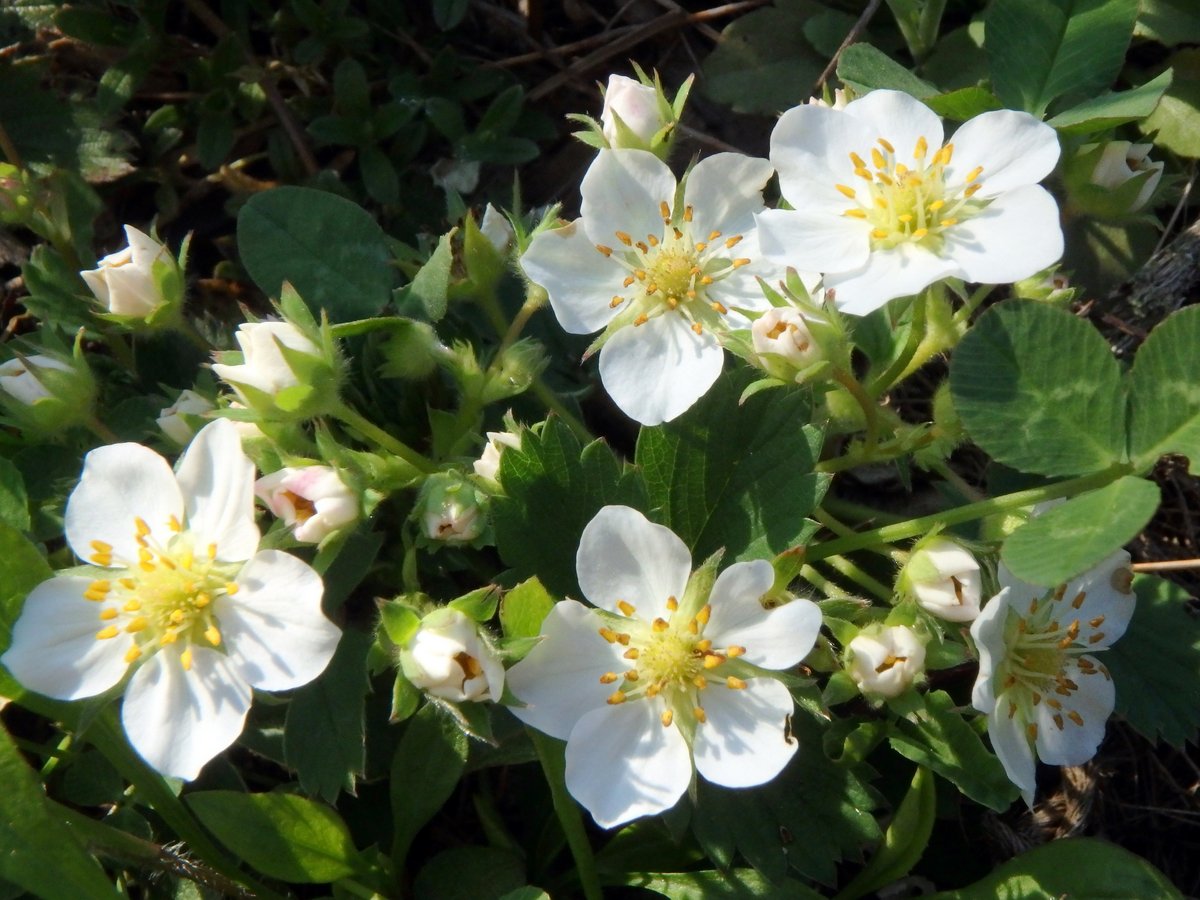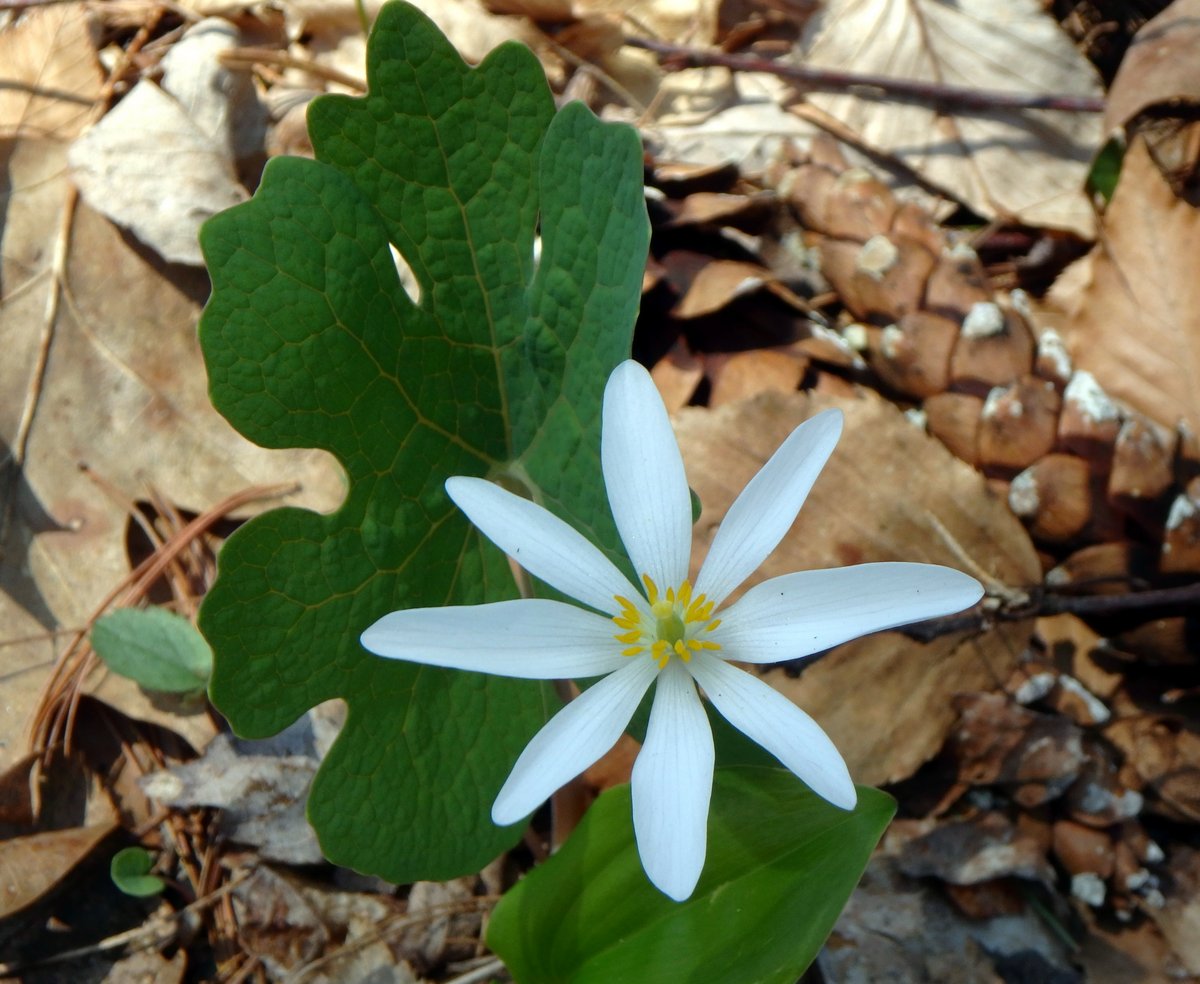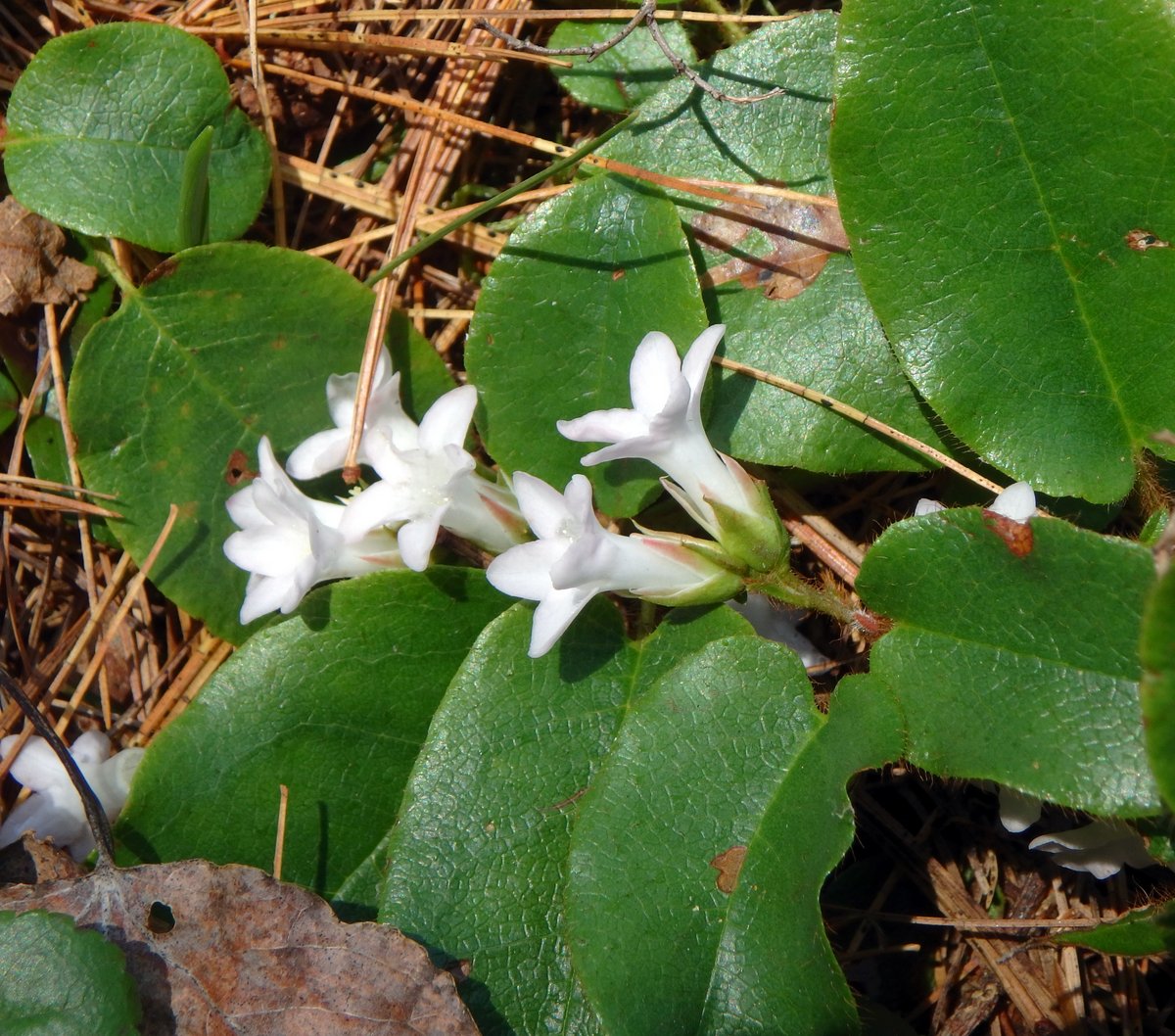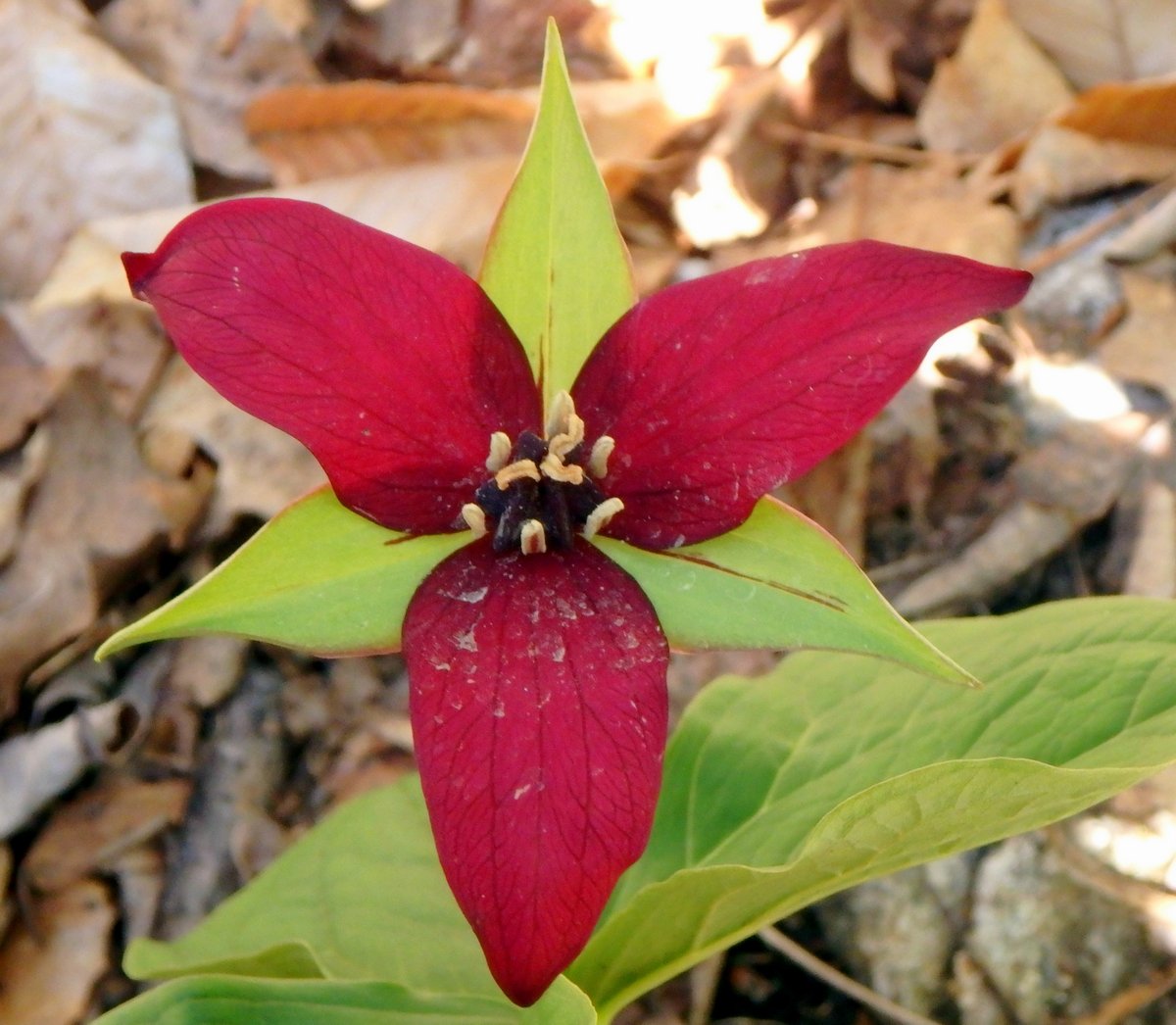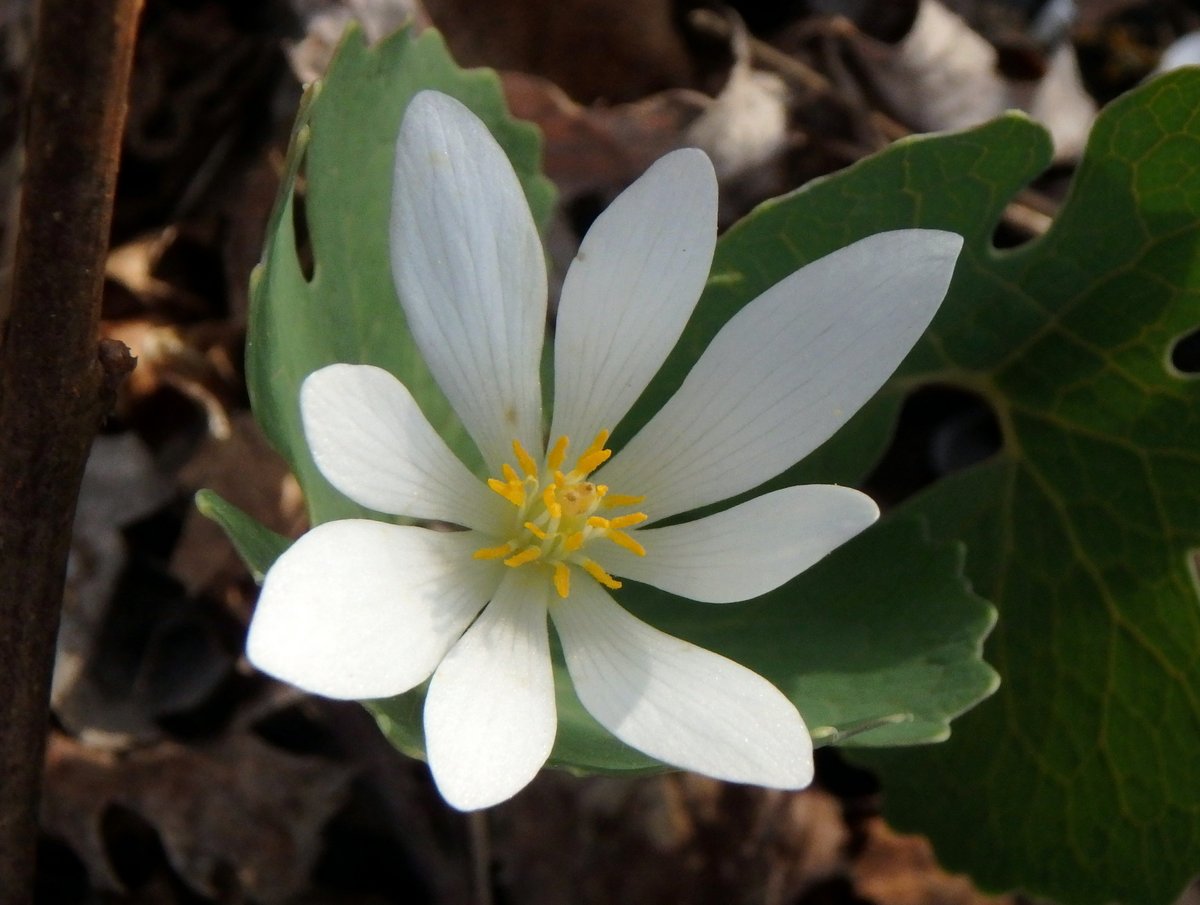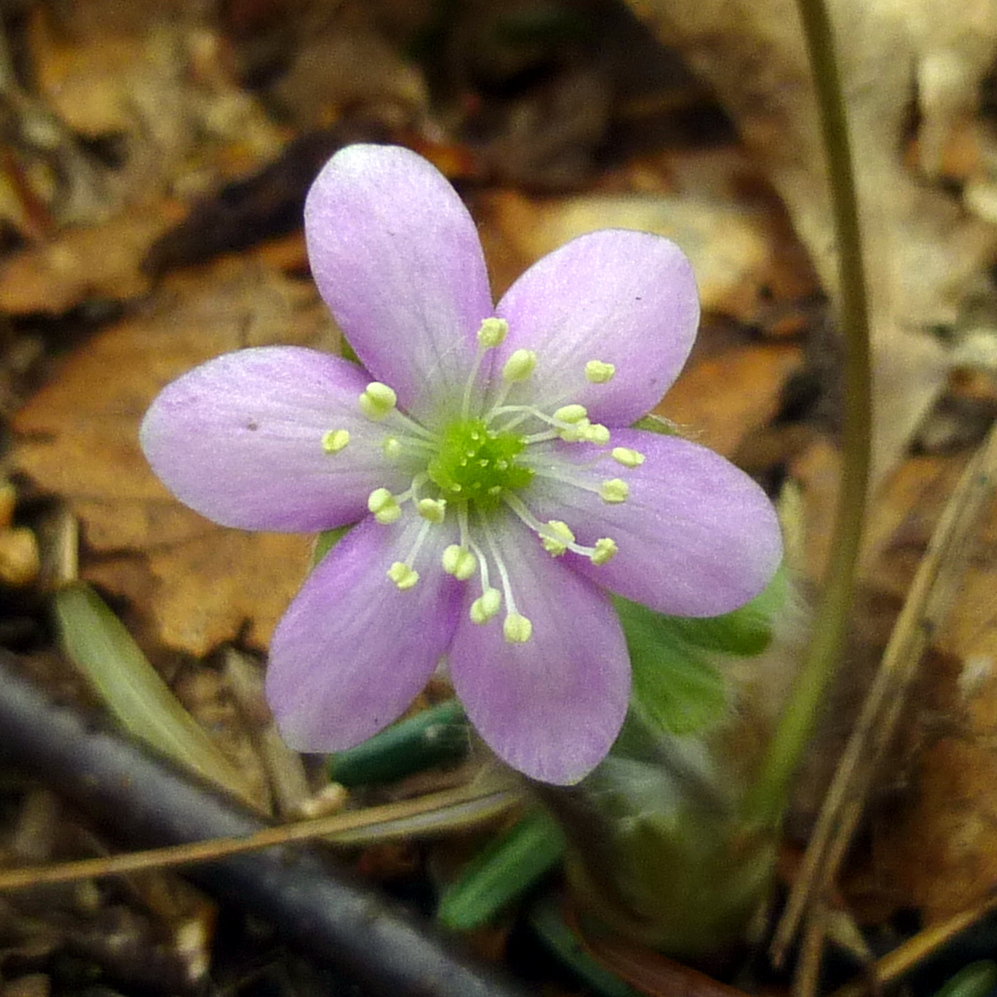
A couple of weeks ago I took a walk down an old road I had never been on and was amazed by all the wildflowers I found there. There was a river nearby and since it was the Asuelot River that I grew up on, I felt as if I had come home. I had never been along this section of it but I felt as if I knew every inch. The river was high; high enough to flood some of the open meadows along its banks.

Watercress grew in the shallows. This plant is edible and is said to have a kind of peppery bite but since it grows in water I’d never eat it. These days you never know what pollutants might be in the water, and when I was growing up parts of this river were terrible. We’ve done a great job of cleaning it so now even trout swim in it once again but for me, it’s hard to forget what we did to it in the past.

There were turtles. There are always turtles. My grandmother called them mud turtles but I think most of our turtles are either painted or snapping turtles. I haven’t seen any of the big snappers yet. They’ll come along in June when the females lay their first batch of eggs, and I wouldn’t be surprised if this spot was full of them.

Though the old road looked like it had a wall of growth on either side I knew there were game trails and other places where you could get through. The reason the edge of a forest always looks like an impenetrable wall of growth is because that’s where the most sunshine is and the plants, shrubs and trees compete for all the sunshine they can get. The forest never seemed like a wall to me when I was a boy; it was more like a mirror. I felt at home there and knew I belonged as much as the trees, plants and animals did.

One of my favorite mosses, cypress leaved plait moss, grew on a log. I like the way it seems to reach out and explore new areas of the logs it grows on.

Plaited means braided, and a closer view shows that it is a good name for this moss, because that’s just what it looks like.

Coltsfoot plants were still blooming when I was here and they’re still blooming now. All the spring flowers are having an extended season due to the cloudy, cool weather we’ve had.

There were thousands of bluets here and these were the deepest blue I could find. They’re very cheery little things that everyone is happy to see each spring.

The first strawberry blossoms were appearing when I was here. Now I have hundreds of them blooming in my yard. In June the plants will bear some of the sweetest, juciest strawberries you could hope for. Unfortunately, they’ll also be some of the smallest strawberries ever seen. It takes a while to pick a handful.

It’s a good year for violets and I found many of the first I had seen in bloom here.

The cooler spring weather has meant that fern fiddleheads just go on and on slowly, in no hurry to reach adulthood.

Sedges also had an extended bloom but now grasses are taking their place. In this example many of the butter colored male flowers of this Pennsylvania sedge had given up the ghost and hung shriveled against the stem, but the wispy white female flowers still waited for the wind to bring them pollen from other plants.

The first butterfly I saw this year was this eastern tailed blue. I waited for it to open its wings so I could get a shot of their beautiful blue color but it refused to open them. I knew if my shadow fell on it, it would fly away but I thought if I could put just the tiniest sliver of shadow on it, it might open it wings. Carefully I moved until just a whisker of shadow fell on it but that’s all it took; it opened its blue wings and flew off before I could get a shot. I also saw a mourning cloak butterfly here and heard an amazing chorus of birds, including finches, warblers, wrens, and eastern phoebes.

Wood anemones were tucked in everywhere. I think of all the flowers I’ve gone here and there looking for and here they are, all in one spot. The only thing missing is spring beauties, but they could be here too. It’s possible I just haven’t found them yet.

I came to a clearing and there was the Ashuelot River in full view. I thought about how, when I was a boy of 8 or 9 years old this river was a barrier, but as soon as I found the courage to cross the train trestles alone my world expanded. It suddenly opened up and seemed vast and there I was, free to explore it. The first places I explored were just like this place and the world became my playground. All children should have a chance to run free and learn from nature in places like this. It was a wonderful place to grow and discover so many new things.

Dormant buds under the bark will break (or erupt) when or if something happens to the terminal bud, which in this case was an entire tree. The beavers here did exactly what my grandmother did when she pinched out the growing tip of her geraniums to make them bushier. I became interested in the study of botany by wondering about such things, and that’s why I’ve always thought that nature was the best teacher a child could have. The wonder of nature is in its ability to teach us something new each day. I was an empty jar, and nature filled me to overflowing.

Walt Whitman said “There was a child went forth every day, and the first object he looked upon and received with wonder or pity or love or dread, that object he became, and that object became part of him.” Since it flowed just a few yards from our house the first “object” I looked upon was the river. As I grew older I felt as if I had found a magical painting that I could step into; an artist had painted a beautiful earthly paradise and here I was walking through it. Nature taught me to see and appreciate the beauty of life. It showed me the worth of silence and the meaning of serenity. Nature became my teacher, friend, and companion. I had plenty of childhood friends but, as author David Mitchell wrote, “Trees are always a relief, after people.” Before I had ever heard the word solitude I seemed to crave it, and here along the river is where I found it.

This particular slice of paradise was populated by more trout lilies than I had ever seen growing in one place. They weren’t all in bloom but there were many thousands of them.

On this flower the big, reddish anthers were just starting to produce pollen.

This shot is of the trout lilies covering the forest floor for as far as the eye can see, and they did this along both sides of the old road. There must be millions of plants here and I’m sure they’ve been here for a very long time. Since a trout lily colony can last 300 years or more they might even have been here when this area was first being settled.

The flowers were the biggest trout lily blooms I’ve seen; possibly 2 inches across. It’s obvious where the “lily” part of the plant’s name comes from, and the mottled leaves in this shot show where the “trout” part of the name came from.

Shadbushes were everywhere out here, some in full bloom and others just starting. Since they melted so well into the surrounding vegetation they were hard to get a good shot of.

I left the old dirt road and walked a little on the main road, where I found mother goose sleeping on her nest of cattail stalks. I wasn’t too far away when I took this photo but she seemed fine with my being there. I’ve read that Canada geese are in the top tier of parents in the animal world so I’d guess it would take quite a lot to get her off that nest. I went back a few days later to see if the eggs had hatched and two or three people told me that nine goslings were now swimming peacefully beside their mother. May they all live long and bliss filled lives.
Must we always teach our children with books? Let them look at the stars and the mountains above. Let them look at the waters and the trees and flowers on Earth. Then they will begin to think, and to think is the beginning of a real education.
~David Polis
Thanks for stopping in. Happy Mother’s Day to all the moms out there!













